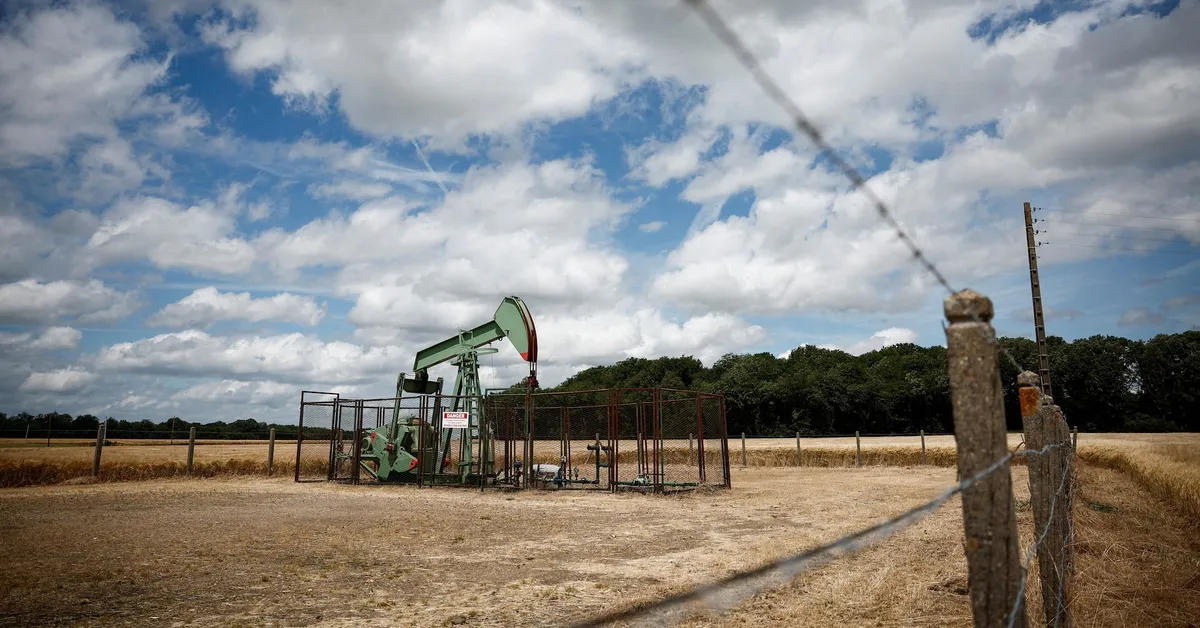
On June 17, 2023, oil prices experienced a significant increase, climbing over 2% as tensions between Iran and Israel escalated. This surge was further fueled by U.S. President Donald Trump's urgent warning for all individuals to evacuate Tehran, heightening concerns over potential unrest in the region and the subsequent disruption of oil supply.
As of 0005 GMT, the Brent crude futures contract rose by $1.17, or 1.6%, reaching $74.40 per barrel. Meanwhile, U.S. West Texas Intermediate crude saw an increase of $1.34, or 1.87%, climbing to $73.11. Both contracts had initially surged more than 2% earlier in the trading session, indicating a volatile market influenced by geopolitical events.
Monday's trading saw both oil contracts settle more than 1% lower, driven by initial hopes of easing geopolitical tensions following reports suggesting that Iran was seeking an end to hostilities. However, on the fifth day of the ongoing conflict, conditions worsened. Iranian media reported explosions and heavy air defense fire in Tehran, while air raid sirens sounded in Tel Aviv due to Iranian missile threats.
As the third-largest producer in the Organization of the Petroleum Exporting Countries (OPEC), Iran's ongoing hostilities could severely impact its oil supply, causing prices to rise further. Recently, an Israeli airstrike targeted Iran's state broadcaster, and the head of the U.N. nuclear watchdog indicated substantial damage to Iran's primary uranium enrichment facility.
Trump remarked that Iran should have finalized a nuclear deal with the U.S. before Israeli strikes commenced, expressing his belief that Iran is now eager to negotiate an agreement. Any easing of U.S. sanctions as part of such a deal would potentially enable Iran to export more oil, which could place downward pressure on global crude prices.
In related news, OPEC and its allies, known as OPEC+, which collectively produce about half of the world's oil, indicated on Monday that they expect the global economy to remain resilient in the second half of the year. They also adjusted their forecast for growth in oil supply from the U.S. and other non-OPEC+ countries in 2026, reflecting the complex interplay between geopolitical events and market dynamics.
As the situation continues to evolve, stakeholders in the oil market will be closely monitoring developments in the Middle East and their potential repercussions on oil prices and global supply.